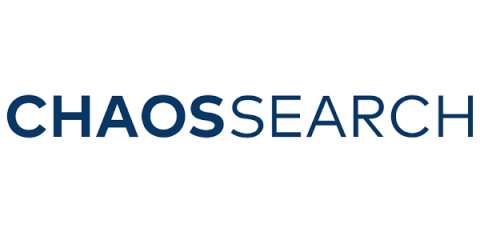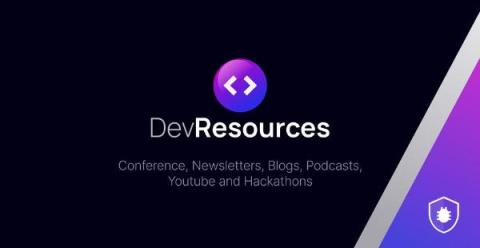Databases Compared: Databricks vs. Snowflake vs. ChaosSearch vs. Elasticsearch
For organizations that generate large amounts of data, implementing a cloud database solution is a critical step towards enabling performant and cost-effective data storage, transformation, and analytics. Choosing the right cloud database solution involves careful consideration of features, capabilities, costs, and use cases to ensure alignment with your organization’s needs and objectives. This blog post features an in-depth comparison of four popular cloud database solutions: Databricks vs.











